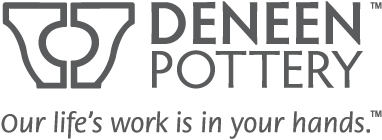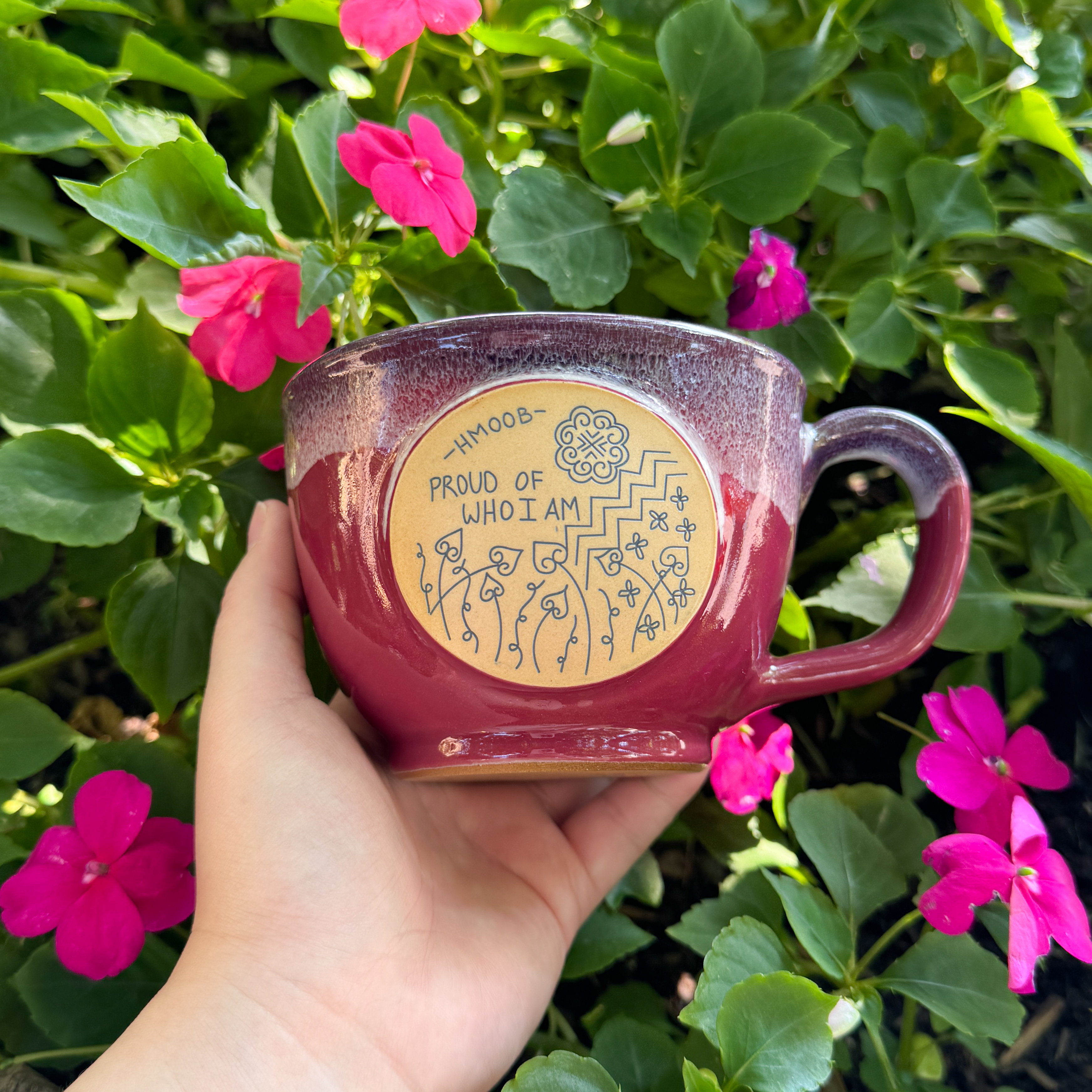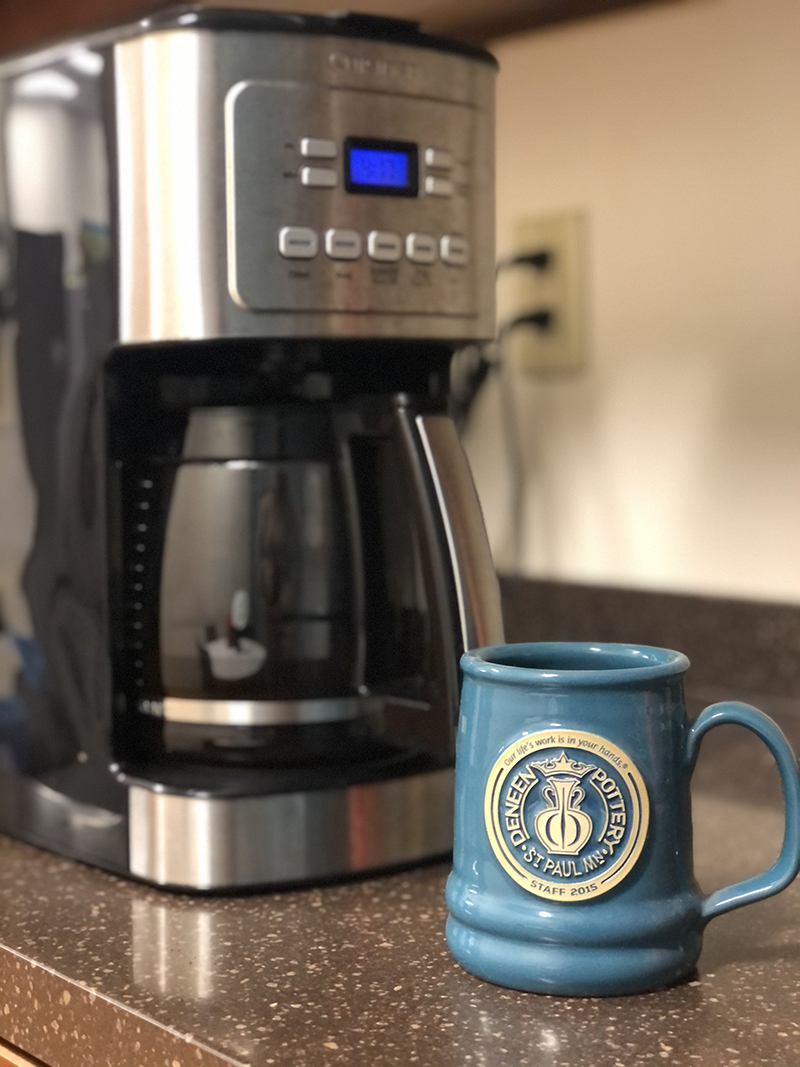
How eco-friendly is your morning brew?
K cups and other single-brew pods account for a large amount of landfill and are the least eco-friendly way to make coffee. Single-use filters also have their problems, as they can create quite a lot of trash even with the small amount of paper used to make each filter.
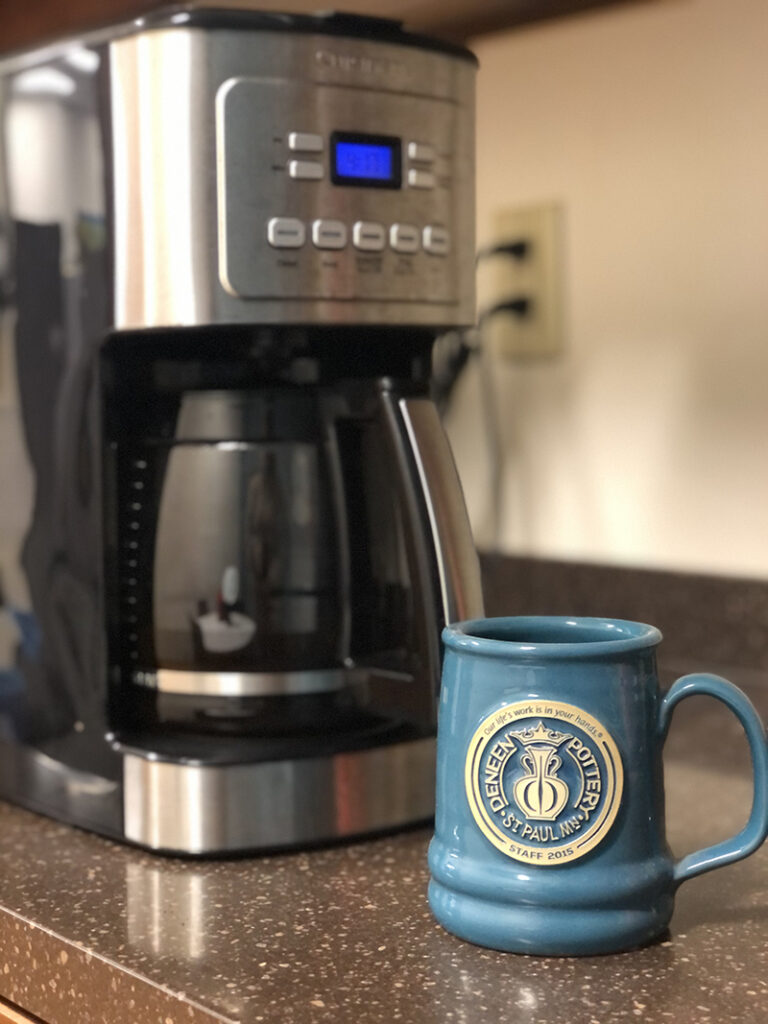 If you are concerned about the impact on the environment of your morning coffee, you’ll be glad to know that there are several things you can do to still enjoy your morning brew while doing your bit to help the environment.
If you are concerned about the impact on the environment of your morning coffee, you’ll be glad to know that there are several things you can do to still enjoy your morning brew while doing your bit to help the environment.
Here are some handy ways to make your morning coffee more eco-friendly.
#1 Skip the milk
Did you know that 53 gallons of water go into making one glass of milk? Ouch. The cows that produce milk also release methane gas into the air, and of course, once the milk is produced it has to be heat-treated and then kept refrigerated.
Skip the milk altogether, or substitute with a plant-based, environmentally-friendly brand.
#2 Use a manual coffee brewer
Manual coffee brewers are built to last for years and years. There’s no electricity to use and no collection of metal parts to wear out over time.
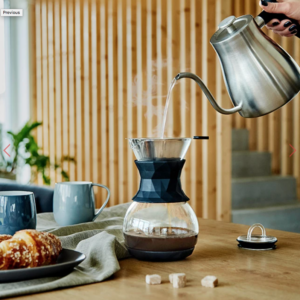
#3 Pour-over
There are many types of manual coffee brewers, such as glass pour-over brewers, like the one you can find at Uno Casa.
With these types of brewers, you won’t be compromising on flavor because using a manual brewer gives you more control over the blooming period, the pouring, and the timing of the brew overall.
Get yourself a reusable filter to go with your coffee brewer (see below), and you’ll be all set.
#4 French press
A French press is another easy way to brew coffee manually. All you need is a French press, a kettle, and some coarsely ground coffee. Put your ground coffee in the bottom of the press, add the hot water, let brew, and then press to strain. You don’t even need a filter, as the press filters your coffee for you. Many people swear by a French press to get a deliciously flavorful cup of coffee. Simple!
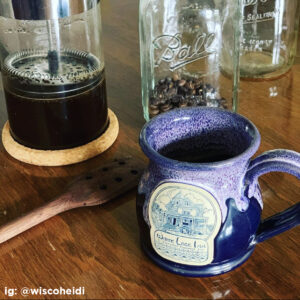
#5 Invest in a reusable filter
If you’re making coffee at home, a reusable filter will save money and energy. There are hemp filters, stainless steel mesh filters, and even K cup-sized BPA-free plastic filters.
If you are concerned about metal filters bringing a metallic taste to your coffee, you can relax. Some say that more of the oils in the ground coffee will seep through these metal filters to result in a more flavorful brew.
#6 Try cold brewing
Cold brew coffee is simple to make. Soak your ground coffee for 12-14 hours in cold water, then strain through a filter and enjoy over ice. Add your desired (plant-based) milk, sweetener, and anything else you desire.
#7 Ditch the disposable cups
This might seem obvious, but using paper cups – even if they’re recyclable – still uses energy. Apparently, it takes a Starbucks paper cup 20 years to decompose! Considering that there are 60 million of these cups being thrown away in the US alone per year, that’s a lot of waste.
So rather than grabbing a disposable cup from your local cafe, bring your own mug.
Pop a mug into your bag, and you can enjoy coffee anywhere, knowing you’re not throwing anything away afterward. You can support environmentally conscious companies who provide mugs, such as Deneen Pottery, who rely on solar power and who offer custom-made logo mugs for business or other designs for personal use.
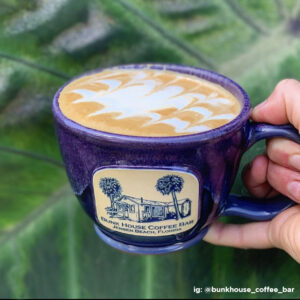
#8 Support eco-friendly growers and roasters
Traditionally, coffee has been grown for years in the shade under the leafy trees of the rainforest. The trees protect the coffee from direct sunlight, and the coffee plants shed their leaves to provide mulch – and therefore moisture – for the trees.
Unfortunately, some coffee farmers who want a higher crop yield per acre started felling trees to grow coffee plants in full sunlight.
Coffee that is grown in direct sunlight as a mono-crop has more susceptibility to diseases and pests since the plants suffer from sun exposure. Robusta coffee plants have been trained to grow in the sun, but they are not helping the environment.
So what can you do? Go for Arabica blends where possible, and look for coffee producers who are rainforest-friendly certified.
As for the coffee roasters, check to see if their processes rely on earth-friendly energy sources. Are they reusing, reducing, and recycling?
There you have it, lots of ways to make your morning brew more eco-friendly. Happy brewing!


